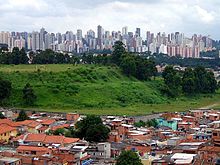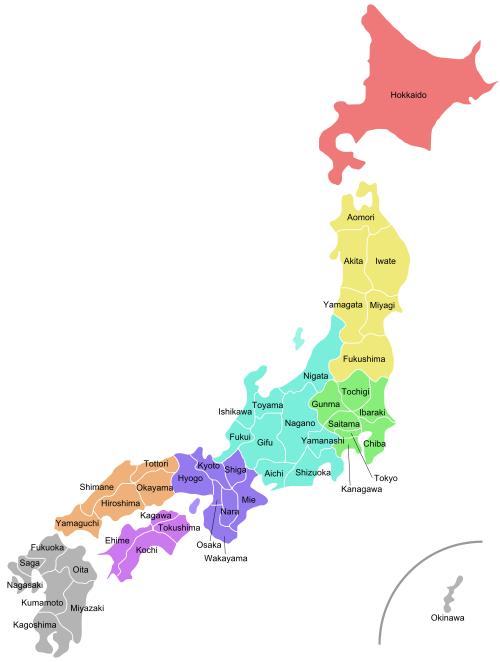cheap transportation for the experience and journey it takes
What's the cheapest stable route to cross the Pacific?
- For the sneakiest routes, time will not need to be a factor: neither the time of departure nor the duration of the trip: Crewnetwork.com/tcn/jobs.aspx
- Findacrew.net - if you're lucky, you might find a boat going when and where you want it, for the cost of perhaps food and water, plus some work on the boat. I have a couple of friends who have done this across large bodies of water.
- Wildcard ~ Head down to the local marina and find any owners traveling where you want to go: express your interest in helping out. Once you become a friendly face at the marinas and local sea towns, you’re all the more likely to land a spot.
- There are no qualifications needed to crew on private (non-commercial) yachts, but to crew on commercial (fee-paying, passenger-carrying) yachts, you need STCW 95 Basic Sea Safety qualifications. STCW 95 – Standards of Training, Certification and Watchkeeping for Seafarers – is made up of four qualifications: Personal Survival, Fire Fighting, First Aid and CPR, and Personal Safety and Responsibility.[2]
- Freighter-travel is most often more expensive
- Seasonal trends (holiday and random promotions)--when the seasons change:
- Cruise ship ~ repositioning cruise
- Generally speaking, you only get the chance to cross the Atlantic this way two times per year. Late in the calendar year (October through early December), from the cooler Mediterranean to the warmer Caribbean and in April and May, the repositioning cruises go the other way.[1] In other words, the slow season is fall and the dead of winter.
- At the end of winter, roughly March-May, ships move from the Caribbean and South America to Europe. That’s when you will find great bargains on these sailings. Then those same ships head back across the ocean from Europe to the Americas once it gets cold, from October-November.[3]
- Usually the ship will spend seven days or so in various port cities. Then you’ll spend another week or so at sea.[3]
- $45/day including food (paying $600 for two weeks)
- If you flew, you’d pay at least $600 for the flight, plus you’d need to organize a bus or train and spend hours riding and waiting when you want to head to a new city. On a cruise you’re sailing while you’re eating, sleeping, and enjoying yourself. Then you wake up in the morning docked in a new city to explore.
- Cruisecompete.com
- Travel.stackexchange.com/questions/tagged/sea-travel
- Flight
- Reddit.com/r/travel/wiki/airfare
- Look at neighboring airports and adjust the days a little. For example, after about one hour of searching, I found my last Bratislava to Barcelona flight was a little under $100 including the cost of checking baggage. This part of the process is where I find the most money is usually saved in travel – being flexible with airlines, travel dates, and airports. Maybe I will have to travel an extra 45 minutes on a $2 bus, to another airport where an airlines is running a special, and in exchange for the inconvenience will save $300. Or perhaps my ship leaves Friday at 5pm. I could come into town Friday morning or early afternoon for $280 or if I come into town Tuesday, when fewer people are flying and I might get a $60 ticket.[1]
- Airtech.com
- Kayak.com
- Tripadvisor.com
- Other sites
- Other ideas, but similar
- There are many other sites, as well, such as Global Freeloaders, the Hospitality Club and Hitchhikers.org, and many regions have their own networks. You could be a house sitter for a home at your destination by finding openings on networks such as Caretaker.org.
- Showing your interest in contributing and teaching whatever volunteer work:
- Vipassana meditation centers
- World Wide Opportunities on Organic Farms
Sources





